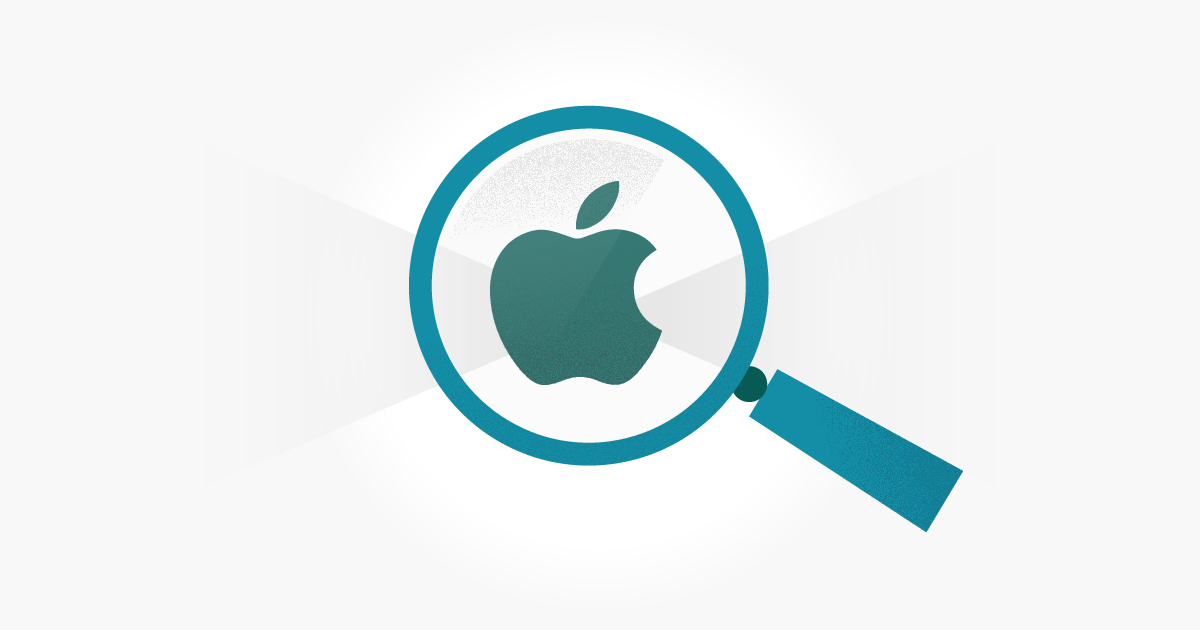 When it comes to automated testing of iOS applications, developers and QA engineers have several tools at their disposal. Two of the most prominent tools are Appium and XCTest. Each has its own strengths and weaknesses, making them suitable for different testing needs. In this blog post, we’ll explore the key differences between Appium and XCTest to help you determine which tool is best for your project.
When it comes to automated testing of iOS applications, developers and QA engineers have several tools at their disposal. Two of the most prominent tools are Appium and XCTest. Each has its own strengths and weaknesses, making them suitable for different testing needs. In this blog post, we’ll explore the key differences between Appium and XCTest to help you determine which tool is best for your project.
Overview of Appium
Appium is an open-source, cross-platform test automation tool that allows you to write tests for mobile applications on both iOS and Android using the same API. It supports various programming languages, including Java, JavaScript, Python, and Ruby, thanks to the WebDriver protocol.
Overview of XCTest
XCTest is a testing framework provided by Apple, specifically designed for iOS and macOS applications. It integrates seamlessly with Xcode, Apple’s integrated development environment (IDE), and supports both unit testing and UI testing.
Key Differences Between Appium and XCTest
1. Platform Support
- Appium: Cross-platform support for both iOS and Android. This makes Appium an excellent choice if you are developing applications for multiple platforms and want to maintain a single codebase for your tests.
- XCTest: Exclusive to Apple platforms (iOS, macOS, watchOS, and tvOS). XCTest is ideal if you are focused solely on iOS development and want deep integration with Apple’s ecosystem.
2. Programming Languages
- Appium: Supports multiple programming languages (Java, JavaScript, Python, Ruby, etc.), providing flexibility to use the language you are most comfortable with or that fits your tech stack.
- XCTest: Primarily uses Swift and Objective-C. While this ensures tight integration with your iOS application code, it might be a limitation if you prefer using other languages.
3. Integration and Setup
- Appium: Requires a bit more setup, as it involves installing and configuring the Appium server, as well as the necessary drivers for iOS (and Android if needed). This setup can be more complex and might require additional dependencies like Node.js.
- XCTest: Integrated into Xcode, making it easy to set up and use without any additional installations. Tests can be run directly from the Xcode IDE, providing a seamless development and testing experience.
4. Test Execution
- Appium: Can execute tests on real devices and simulators/emulators. Appium can be integrated with cloud-based testing platforms like Sauce Labs or BrowserStack to run tests on various device configurations.
- XCTest: Also supports testing on real devices and simulators. However, it benefits from tighter integration with Xcode, which can simplify the process of managing and executing tests. XCTest can be run on local machines or through Apple’s Continuous Integration service, Xcode Cloud.
5. Community and Support
- Appium: Large and active open-source community with extensive documentation, tutorials, and third-party integrations. You can find plenty of resources and support from other users and contributors.
- XCTest: Backed by Apple, with official documentation and support. While the community might not be as large as Appium’s, the resources provided by Apple are comprehensive and authoritative.
6. Features and Capabilities
- Appium: Supports a wide range of testing scenarios, including cross-platform tests, and provides features like the Appium Inspector for inspecting UI elements. Appium’s use of the WebDriver protocol allows for more flexibility in writing and managing tests.
- XCTest: Offers robust features for both unit and UI testing, with advanced capabilities like performance testing, UI recording, and code coverage metrics. XCTest’s tight integration with Xcode means you can leverage all of Xcode’s features, including debugging and profiling tools.
Use Cases
- Appium: Ideal for projects that require cross-platform testing or for teams that use multiple programming languages. Appium is suitable for scenarios where you need to write tests that can be reused across both iOS and Android applications.
- XCTest: Best suited for iOS-only projects where deep integration with Apple’s tools and ecosystem is a priority. XCTest is perfect for teams that are already working within Xcode and want a seamless testing experience.
Conclusion
Both Appium and XCTest have their own strengths and are suited to different needs. Appium’s cross-platform capabilities and support for multiple languages make it a versatile choice for diverse testing requirements. On the other hand, XCTest’s tight integration with Xcode and focus on Apple platforms provide a streamlined and efficient testing experience for iOS applications.
Choosing the right tool depends on your specific project requirements, development environment, and team expertise. By understanding the differences between Appium and XCTest, you can make an informed decision that aligns with your testing goals and ensures the quality of your iOS applications. Feel free to leave comments or ask questions if you have any doubts or need further clarification.
Happy testing!